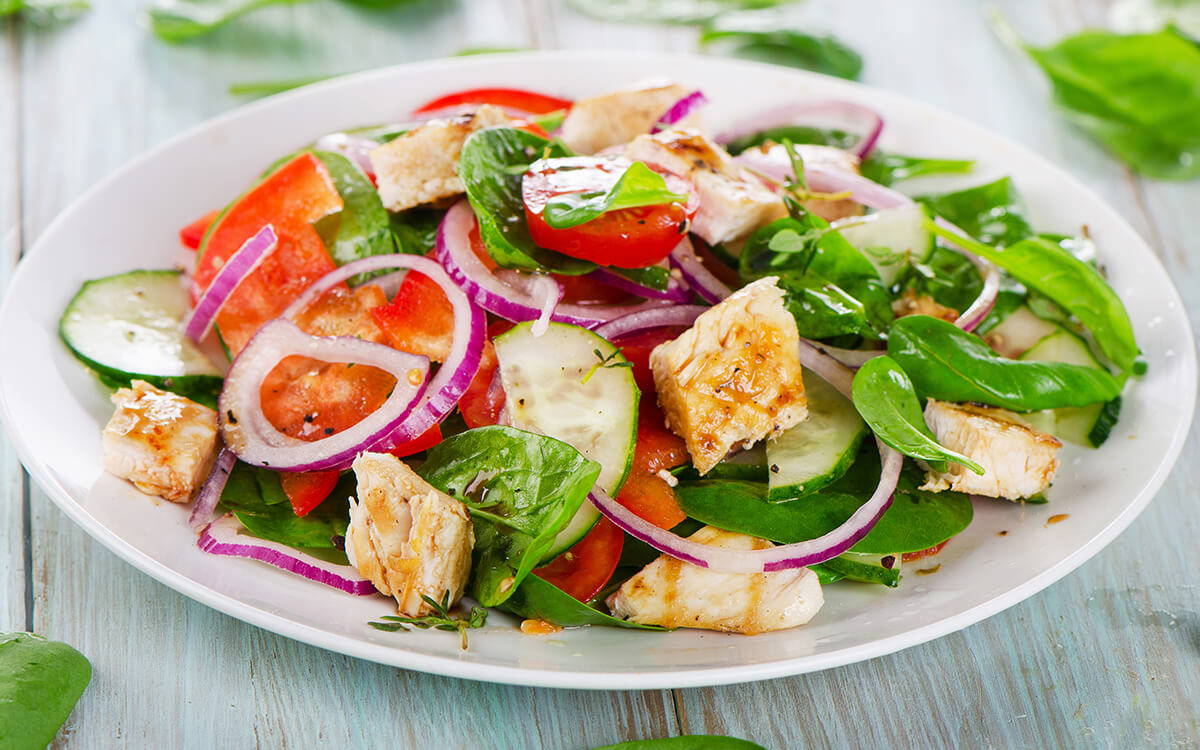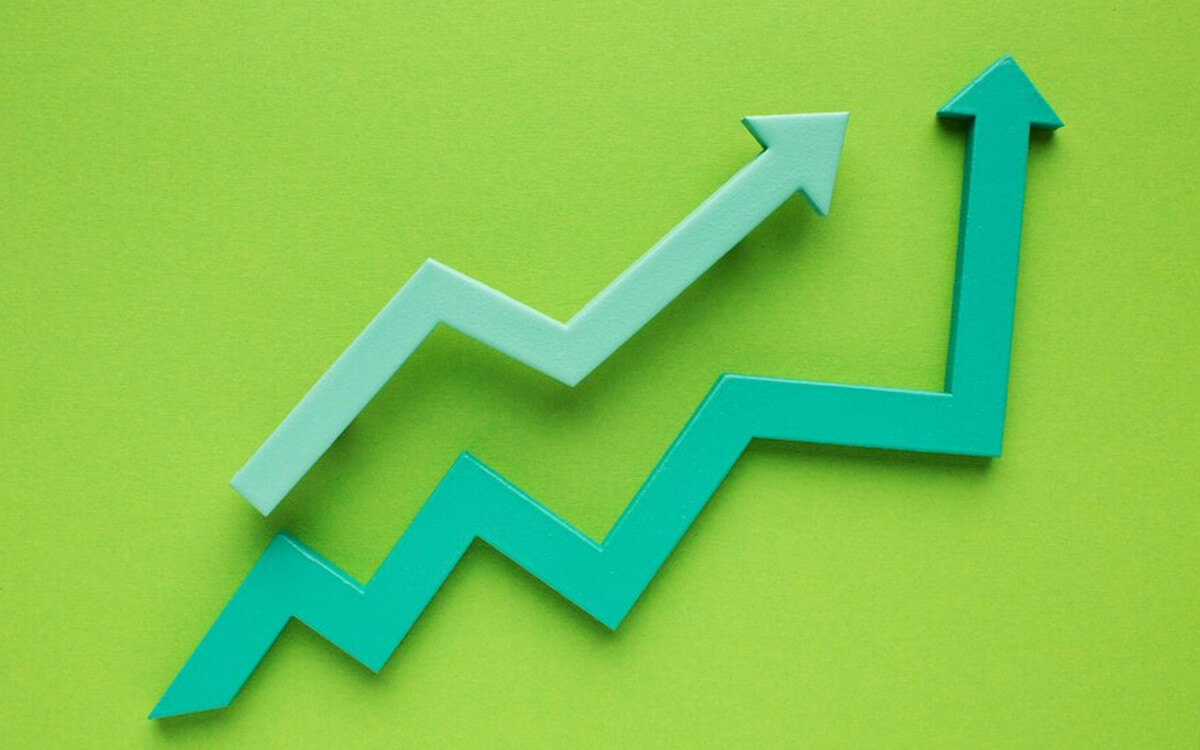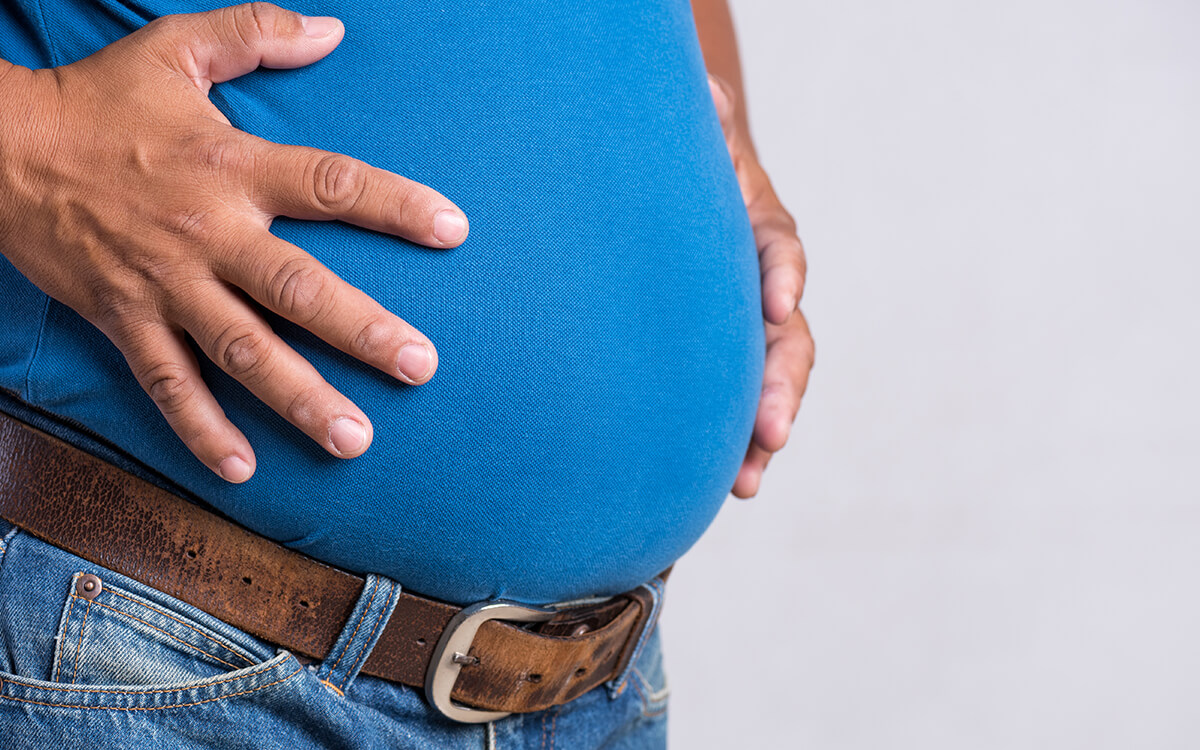Myths and Facts about Kidney Stones

MYTHS:
1. Cranberry juice can flush out kidney stones:
Cranberry juice works great for treatment and prevention of urinary tract infections (UTI). However, it can make kidney stone situations worse due to the presence of huge amounts of oxalate.
2. Kidney stone pain may feel like a stomach ache:
The sensation is closer to contractions and they can be either mild or severe. The pain is not felt in the region where stomach ache is felt and is neither similar in intensity. The pain intensity can range from stabbing sensation to pain, which may be more severe than labour pain.
3. Pain related to kidney stone originates in lower back near kidneys:
The pain is felt when the stone enters the ureter and moves to narrower parts of the tube which are close to the urinary bladder. It is felt mostly in the region below the abdomen. In ureter, the stone can block the flow of urine, causing it to fill up in the kidney and cause unimaginable pain and nausea.
4. Calcium in the milk can cause kidney stones:
Calcium helps in stone prevention when taken in regulated amounts, as it binds and helps in removal of oxalates. Calcium isn’t the only component present in milk and it is good for health in general. At-risk individuals should also try to consume magnesium to aid oxalate excretion.
5. Soda and other sugary drinks can cause kidney stones:
Presence of phosphoric acid in certain sodas can make them harmful in kidney stone cases. Further, the caffeine in sodas makes it a diuretic and can also lead to a rise in the salt content of your urine. They can be consumed with water to dilute the concentration or avoid them altogether as they are devoid of nutrients.
6. Beer is helpful in treatment of kidney stones:
Beer can lead to loss of essential body fluids in huge amounts, causing dehydration. It also contains other chemicals, which can together increase the risk of developing kidney stones.
7. Barley water can help in preventing and breaking down kidney stones:
Barley water has not yet been proven to have any medicinal properties that are effective in prevention of renal calculi. It is similar to regular water and can be used to prevent dehydration just like plain water.
8. Kidney stone patients can’t eat tomatoes:
Tomatoes can be consumed in less quantities. Extreme restrictions are only placed in cases where patients have high levels of blood potassium.
9. Dietary restrictions for all kidney stone patients are the same:
There are multiple types of stones and dietary restrictions which can vary depending on the type of stone, size and severity. A dietician can help better in deciding what to avoid completely and what can be taken in moderation.
10. Shock Wave lithotripsy (SWL) can treat urinary stones of any size and form:
SWL can mostly be used for small stones. Larger calculi can be fragmented using this technique, however, if they aren’t broken into small enough pieces, they may block the ureter and continue to cause problems.
FACTS:
1. Kidney stones are of multiple types:
Most common type of renal calculi is calcium, making up approximately 80% of the recorded cases. Cystine, struvite, and uric acid can also form kidney stones under different circumstances such as recurrent UTIs or some genetic conditions.
2. Kidney stones come in different colors:
The color of kidney stones can change depending on their types. They are mostly of yellow hues but sometimes other portions can be darker or paler.
3. Kidney stones are of different sizes:
The size of kidney stones can vary depending on multiple factors. It can be of the size of a pea and rarely the size of a golf ball. Largest kidney stone recorded was more than 5 inches at its widest. The bigger the stone size, the more the pain and difficulty in management.
4. Food items can cause stones in kidney- not calcium though:
Research has shown, calcium in itself doesn’t contribute to kidney stones unless consumed in very large amounts. High salt, oxalate rich foods, animal protein in the form of meat, etc. can significantly increase the risk of kidney stone formation.
5. Drinking enough water can prevent kidney stones:
Dehydration and low intake of water is a major cause of kidney stones in almost 50% of the cases. High salt is a well-known cause of kidney stones, and water can help dilute and remove the salt efficiently from the body.
6. Hotter climates and summer season can increase incidence of kidney stones:
Scientists have observed a very strong association between hot climatic conditions and urinary stones. It could be attributed to dehydration caused by warmer conditions.
7. Getting kidney stone once increases the risk of getting it again:
It is well known that once you get kidney stones you will have a 50% chance of getting it again in the next five years. To avoid recurrence, it is necessary to exercise all the precautions if you get a kidney stone.
8. Kidney stones will occur in more than 1 in 10 people at some point in their lives:
Scientists estimate that increasing number of people will develop kidney stones in the coming years. Due to the rise in kidney stone cases, it is assumed that more than 1 in 10 people will have kidney stone at least once in their lifetime.
9. Shock waves can be used as treatment for kidney stones:
Extracorporeal shock wave lithotripsy uses sound waves of high-energy to break up diagnosed kidney stones into smaller pieces so that they are easy to pass naturally.
10. Kidney stones are associated with other conditions:
Conditions such as diabetes, recurrent UTIs, thyroid disorders, metabolic disorders, obesity etc. are significantly associated with kidney stone formation. These are well-known risk factors and contribute to the condition via multiple different pathways.


